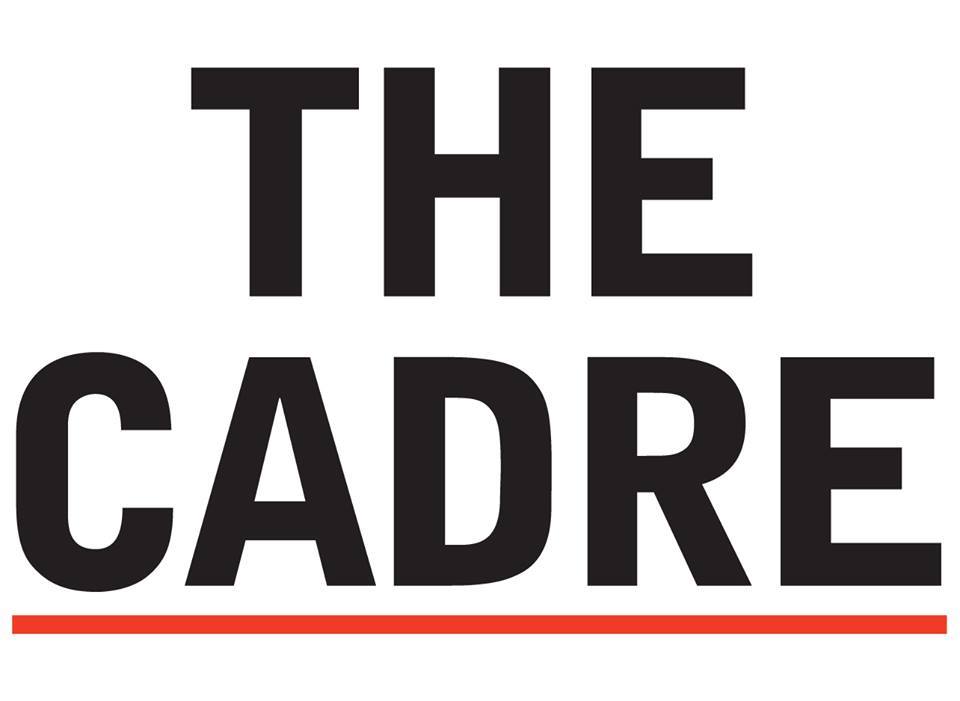This article is part of a proposed series on the recent debates surrounding electoral reform on Prince Edward Island.Â
By: Lucy Morkunas
Two Wednesdays ago, Professor MacKinnon started the class, Politics and Government of PEI, by saying that there was no perfect electoral system. The theme that evening was electoral reform.
Reform is in the air both federally and provincially. The Trudeau government has promised that 2015 is the last election to use First Past the Post. The provincial Liberals also promised to reform the electoral system and in July published the White Paper on Democratic Renewal.
During the fall, the Special Committee on Democratic Renewal held public meetings to gauge support for electoral reform and come up with a plebiscite question on changing the voting system. There were over 100 presentations and submissions, and out of all that, the Committee made a number of recommendations in its report tabled on November 27th. One of the recommendations was to hold further public meetings and those are set to begin very soon. The class was timely.
The job of an electoral system is to translate votes into seats in a government And every electoral system ever designed and implemented in the world has done exactly that. People vote, the votes are tallied and a candidate wins a seat in government. Even an authoritarian country like North Korea carries out general elections every five years. The important part of this process is how those votes are translated into seats:
• who can vote: electoral boundaries and franchise
• the kind of ballot used
• and how the votes are counted Changing any of these variables will effect who gets elected and in turn, what political party becomes the government.
Perhaps one reform might be to lower the voting age to 16, or another might involve using a ranked ballot. Predicting what a government will look like as a result of these reforms is impossible. And it is that impossibility that makes understanding potential reforms so confusing. When I asked the class who would support changing the electoral system, only 3 students raised their hands.
During the break one student proudly explained that not raising his hand did not mean that he didn’t want change, but that he needed to understand the different systems before he would commit. And would this student make an effort to learn about those voting systems? His answer was no. Why? Because he did not think he wanted to spend the amount of time he felt was necessary to understand the systems so he could make a decision. When the only direct experience a voter has with the electoral system is the five minutes it takes to make a check mark on a ballot, then spending a lot of time learning about possible electoral systems and their consequences does not make sense.
For some, even the fuss around electoral reform does not make sense: there are more important issues and First-Past-The-Post works just fine. Others, like the above student, want change, but don’t know what the problems are or the potential solutions. And then there are people who advocate for electoral reform, who know what the problems are and how to fix them. This group is not united though and each type of system has its supporters. The series, Democratic Renewal 2.0, will explore the many discussions around electoral reform in the coming months. If this attempt to change the system is anything like the last time PEI looked at electoral reform, it will be quite the adventure.
